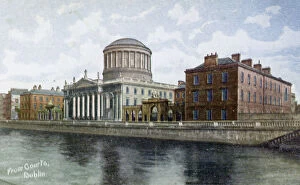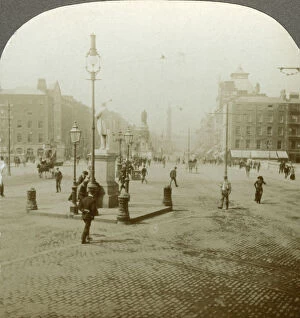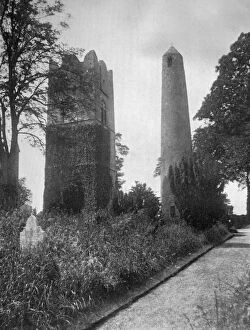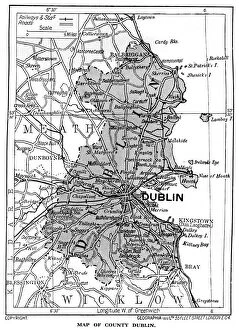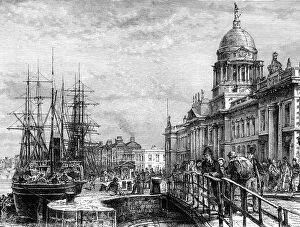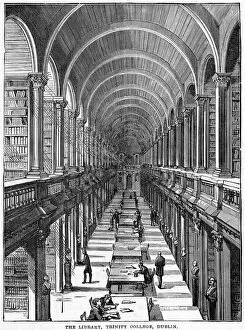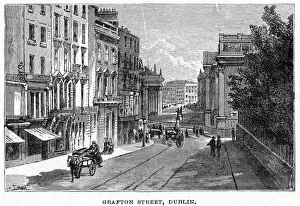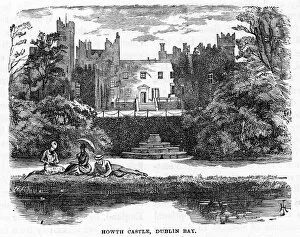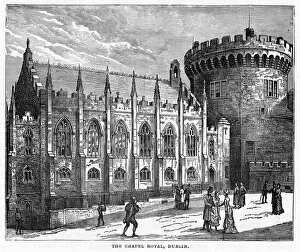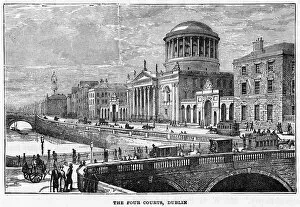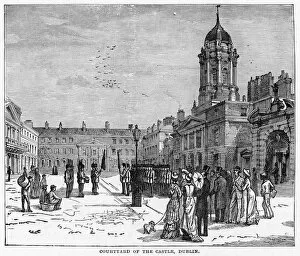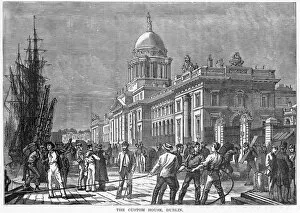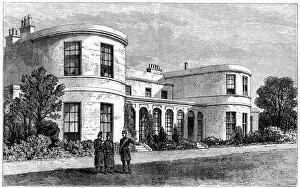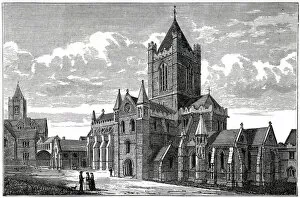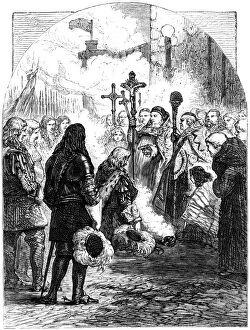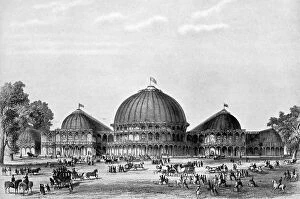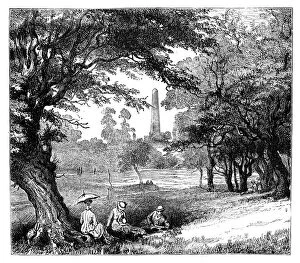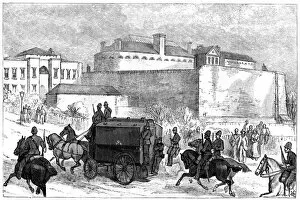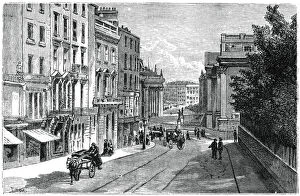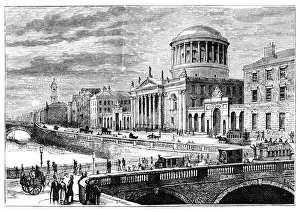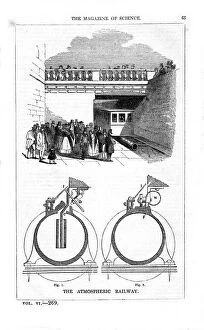County Dublin Collection (page 5)
Discover the enchanting beauty of County Dublin, Ireland's vibrant capital city and a treasure trove of history and culture
All Professionally Made to Order for Quick Shipping
Discover the enchanting beauty of County Dublin, Ireland's vibrant capital city and a treasure trove of history and culture. Step into the lively streets of Temple Bar at night, where The Temple Bar pub beckons with its warm glow and traditional Irish music. Immerse yourself in the rich literary heritage at the Gallery of the Old Library, where Charles E Turner's masterpiece 'Capitals of the British Empire' transports you back to 1937. Feel the electric atmosphere at Lansdowne Road Football stadium as you take in an interior panoramic view from the south end. Pay homage to one of Ireland's greatest literary icons at James Joyce Statue in Sandycove, near James Joyce Tower Museum. Indulge your senses once more at The Temple Bar pub, renowned for its lively ambiance and authentic Irish hospitality. Lose yourself amidst rows upon rows of books at Gallery of the Old Library, a haven for bookworms and history enthusiasts alike. Take a leisurely stroll along Dun Laoghaire Pier while soaking up breathtaking views that stretch towards Howth Island. Marvel at Howth Marina's picturesque charm as it embraces a majestic lighthouse guarding these tranquil waters. Admire Dublin's iconic Georgian doors that add a touch of elegance to this historic cityscape. County Dublin invites you on an unforgettable journey through time and beauty – immerse yourself in its captivating allure.


